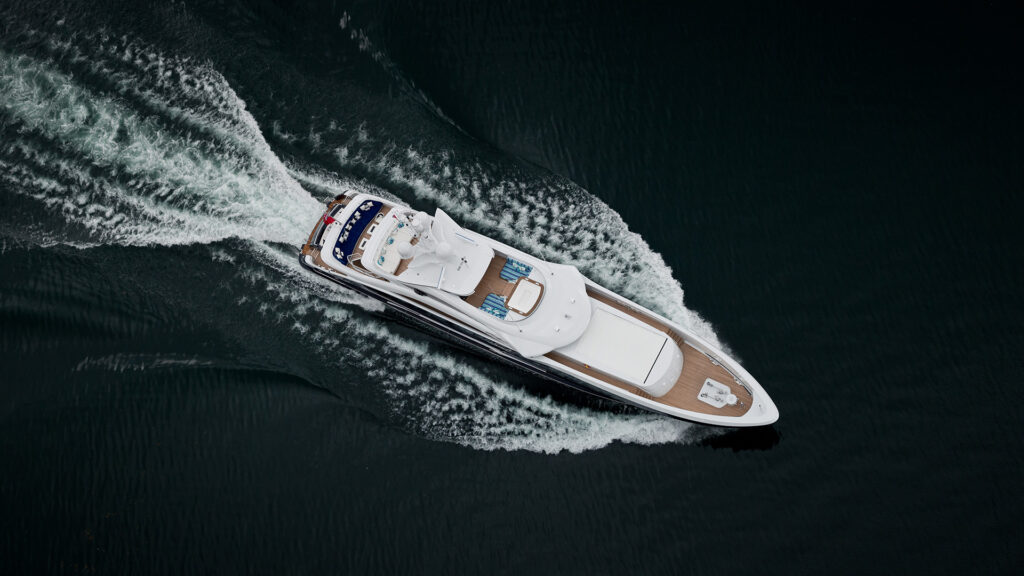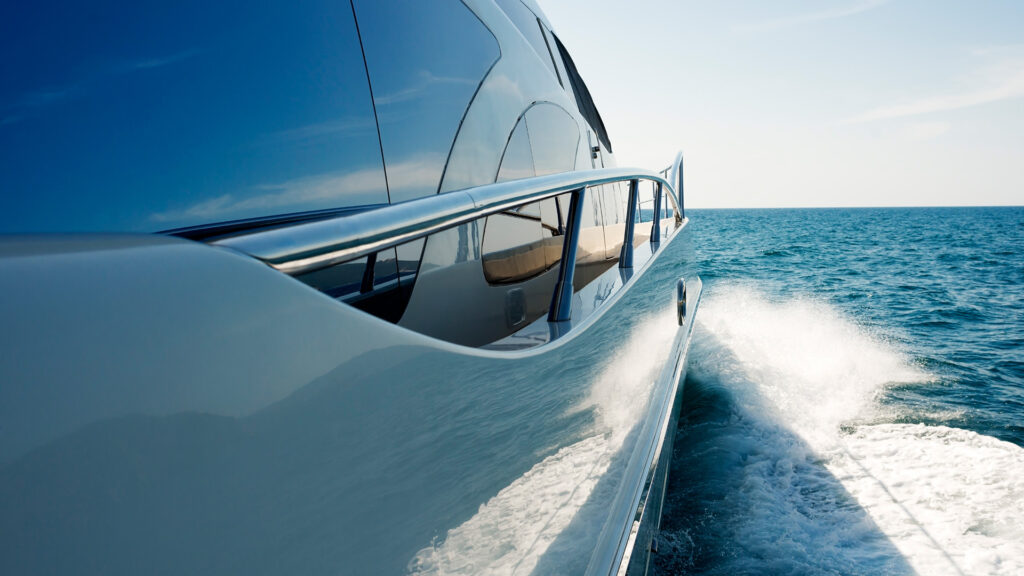
Beyond backyard cover
This article first appeared in the November 2012 issue of Port Strategy and is reproduced with their kind permission.www.portstrategy.com.
Most businesses purchase property damage insurance to protect against physical damage to their property.
While this type of cover is invaluable to a port operator where, for example, damage is sustained to a berth or to port equipment as a result of, for example, an accident or natural peril, cover available under a PD policy is usually restricted to the loss represented by the physical damage itself.
To extend cover, a port operator can purchase Business Interruption insurance to protect itself against financial loss consequent upon interruption to its business caused by such damage. BI insurance might respond where damage to a berth results in a loss of capacity, and therefore of revenue, in the period until that damage is rectified.
The purpose of BI cover is to put the assured back into the financial position in which he would have been, had the property damage not occurred.
Port operators can also go one stage further in their coverage in the form of Contingent Business Interruption insurance. This protects businesses from financial loss consequent not upon physical damage to their own property, but upon some form of contingent peril, such as damage to a key supplier or customer’s premises, or a restriction of access to the assured’s premises, which nonetheless has a knock-on effect upon the assured’s business.
Blended approach
Port operators should consider, as part of their business continuity plans, the appropriate blend of PD, BI and CBI cover to cater for their exposures. Over the past few years there have been several significant events affecting ports and port operators, which have given rise to large BI and CBI claims. Examples include Hurricanes Rita and Katrina in 2005, the Queensland floods and Chilean earthquake in 2010 and the Japan/Thailand natural catastrophes in 2011.
BI and CBI claims can also be triggered for ports by more everyday events, such as breakdown of key plant or machinery, whether at the port itself or at a key supplier or customer. As well as being aware of potential exposures, and putting in place the appropriate policies, it is also key for port operators to work with their advisors to make sure that they understand cover that is often sophisticated and complex, often making business interruption claims particularly difficult to navigate.
There is usually a very close relationship between an assured’s PD cover and its BI cover and the two types of cover are often sold together in a package, sometimes referred to as a ‘commercial combined’ policy.
Even where the two types of cover are not sold together, it is often a condition of cover under the BI policy that the assured possess PD cover in respect of the business interest in question. This is largely to make sure that the assured will be in a financial position to rectify the property damage and therefore that the interruption to its business is not prolonged unnecessarily.
Part of the reason for the close relationship between PD cover and BI is that a BI policy will only provide an assured with cover in respect of interruption to its business which is caused by physical damage to its property. In this way, physical damage is sometimes said to be a ‘trigger’ for coverage under a BI policy, in that, without the material damage, the policy will not respond.
Damage limitation
CBI cover is somewhat different, in that it does not usually require physical damage to the assured’s property in order for a policy to respond (albeit that there is usually an element of physical damage somewhere along the chain in a CBI claim).
In fact, BI cover is sometimes said to operate on a ‘double trigger’ in that, as well as requiring property damage consequent on an insured peril, it also requires the interruption to the assured’s business to have resulted from the property damage.
There are generally speaking two ways in which a BI policy will set out the perils by which the property damage must be caused in order for it to respond. The first is by naming particular perils (typically fire, lightening, explosion of boilers and explosion of gas). The second is by providing cover on an “all risks” basis, subject to various exceptions.
Port operators considering purchasing BI cover should be aware that cover written on a named perils basis is generally narrower than cover written on an all risks basis and should consider with their advisors which form of cover offers the protection required.
Turnover totals
As well as understanding the perils that are covered under a BI policy, it will also be important to understand the basis on which the indemnity is to be calculated. Most BI policies are now written on a ‘gross profits’ basis. This means that the level of the indemnity is calculated by assessing the ratio which gross profits bore to turnover in the equivalent period during the previous year and then applying that ratio to the loss of turnover for the period during which the interruption was suffered.
For example, if gross profits represented 40% of a port’s turnover in the previous year then, on the gross profits basis, the port will be entitled to an indemnity in an amount equivalent to 40% of the loss of turnover suffered during the period of the interruption to the business.
It is important for port operators and their advisors to recognise that the meaning of ‘gross profits’ in the sense used in a BI policy differs from the general accountancy meaning of the same phrase. A failure to recognise this is one of the main factors leading to businesses being under insured in respect of BI and has become such an issue that the Chartered Institute of Loss Adjusters has recommended that alternative terminology be adopted for the purposes of BI insurance.
Closely linked to the basis of indemnity under a BI policy is the method adopted for specifying the amount of cover. Again, there are different ways of doing this, with generally speaking two principal methods.
The first is simply to specify an insured amount, which will be an estimate of the assured’s turnover for the period in question. The difficulty with this method is that it requires the assured and its advisors to look sometimes as much as 24 months into the future and try to provide an accurate picture of how the business will perform. Accuracy is the key aim here, because providing a figure which is too low or too high can have consequences in terms of the assured being under insured or paying too much premium.
Another way
For these reasons, an increasingly popular alternative method has been introduced, by which the assured provides an estimate at the beginning of the period, which is then assessed by reference to a later declaration provided at the end of the period, with premium being adjusted accordingly. Port operators purchasing BI insurance should consider with their advisors the merits of each method.
There are a number of other subtleties involved in BI cover, such as, terms providing cover in respect of not only the loss of gross profits consequent upon interruption to the insured’s business, but also in respect of his increased costs of working during the interruption period.
Similarly, ‘trends clauses’ providing that the assured’s loss must be considered in the context of wider market or situational trends add a further layer of sophistication to the calculation of any indemnity. Port operators should consider such clauses carefully with their advisors both when purchasing cover and at the claims stage.











